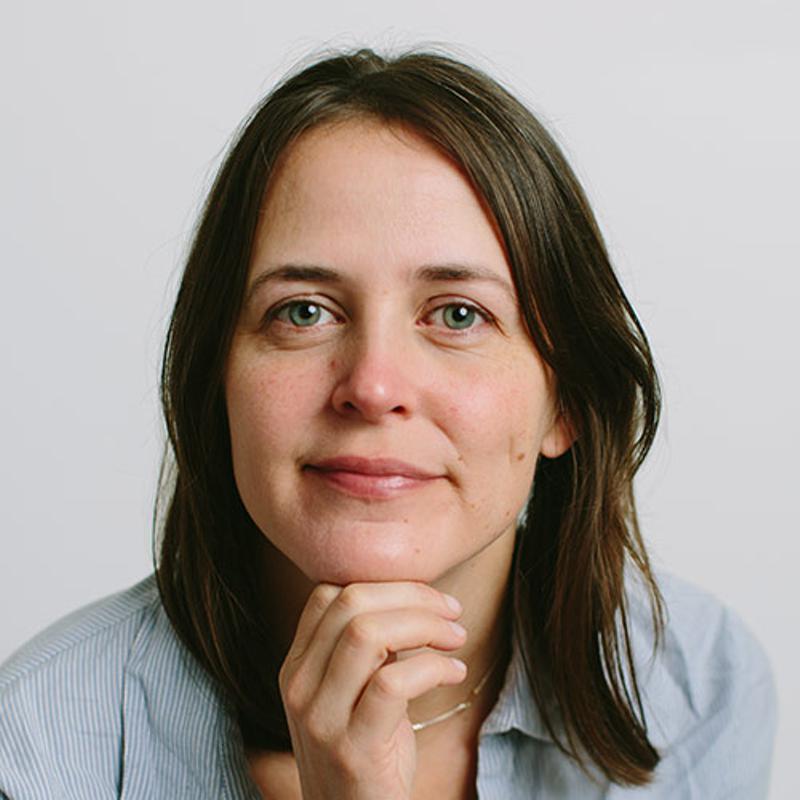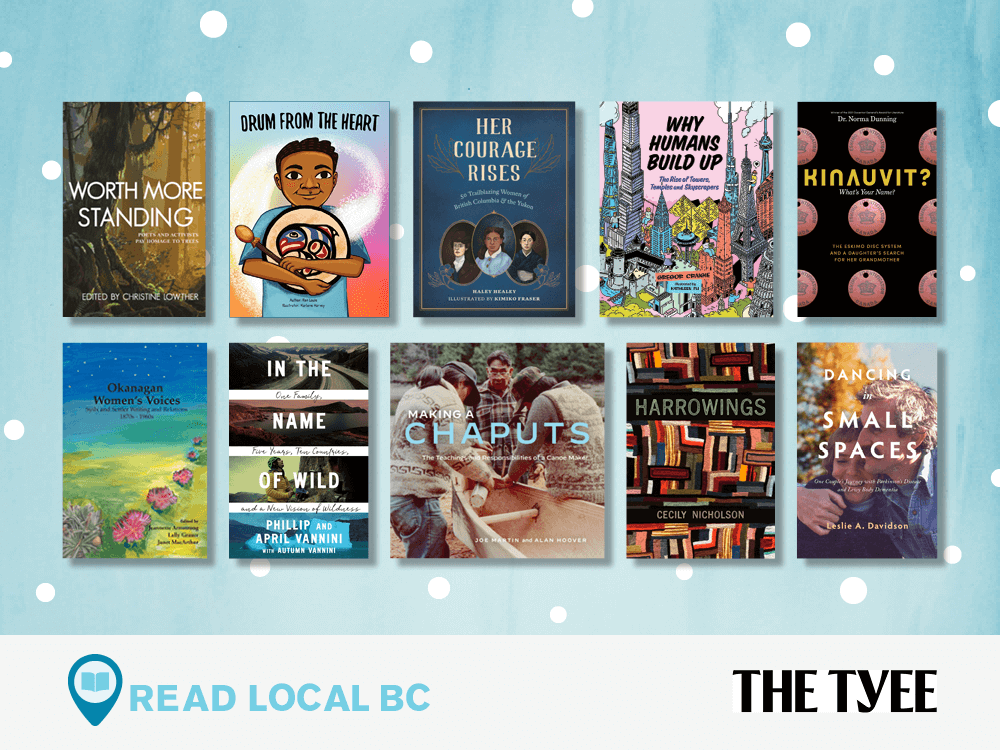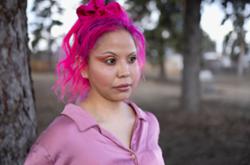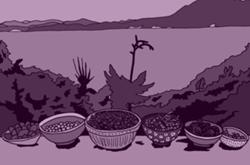Looking for the perfect holiday present? Give the people in your life a personal experience that will live with them forever in the form of a neatly wrapped book.
And what better way to give back this season than to take your holiday shopping list to the nearest independent bookstore. When you buy a local book from your local indie, you give yourself a gift: the gift of a vibrant B.C. literary scene.
So here are 10 B.C.-published books for everyone on your list. For even more inspiration, Read Local BC hosts a rich archive of local books. To kick off a season of supporting local authors, publishers and booksellers, Read Local BC is giving away one $100 gift certificate to the indie bookstore of the winner’s choice. Stay tuned for the contest.
For the child looking to be inspired
Drum from the Heart
By Ren Louie (Medicine Wheel Publishing)
When he is gifted a handmade drum by his mother, Ren learns the teachings of the drum that she also passes down to him. Ren discovers that through this special drum, he is able to connect to his culture and find confidence in his voice to joyfully share in singing the traditional songs of his Nuu-chah-nulth Nation.
Ren Louie is Nuu-chah-nulth from Ahousaht. His traditional name is Wikinanish, which translates to “eldest son.” He comes from mixed Nuu-chah-nulth, African American and Ukrainian heritage. Born and raised on Lekwungen and W̱SÁNEĆ territory in what is commonly known as Victoria, B.C., Ren continues to live there today.
For the memoir reader with a soft spot for tearjerkers
Dancing in Small Spaces
By Leslie A. Davidson (Brindle & Glass)
An excerpt:
“I am writing with my left hand, my parkie hand. I tell myself that this is good for my brain. I will write one page today and another tomorrow and the next day and the next. I am writing these words, right now, with my left hand. It is hard to hold on to my thoughts at this slow speed. Being forced to slow down is also, probably, good for my brain.
“Outside the snow falls in straight lines, like white rain. I am glad for the snow. Revelstoke is beautiful in the snow. Enough has fallen that I will try out, for the first time, the little skis that clamp on to the front wheels of Lincoln’s wheelchair and will hopefully allow us to get outside.
“It was hard work to find those skis… I hope they are worth it, because half a centimetre of snow is enough to stop us in our tracks and I cannot bear the thought of him spending another winter confined to the cottage, without respite in the fresh air, without wind on his face or the chance to catch a glimpse of Mount Cartier, a startling arrowhead of white against the blue, blue sky.”
For the culturally conscious woodworker
Making a Chaputs
By Joe Martin and Alan Hoover (Royal BC Museum)
Tla-o-qui-aht master canoe maker Joe Martin, in collaboration with former museum curator Alan Hoover, describes the meaning and method behind one of the most vivid and memorable symbols of the Northwest Coast: the dugout canoe.
Both artform and technological marvel, the chaputs carries Indigenous cultural knowledge passed down through generations, not only of the practical forestry and woodworking that shape every canoe, but also of the role and responsibilities of the canoe maker.
For the decolonial feminist
Okanagan Women's Voices: Syilx and Settler Writing and Relations 1870s to 1960s
Edited by Jeannette Armstrong, Lally Grauer and Janet MacArthur (Theytus Books)
An excerpt:
“The distance between cultures in the Okanagan and Similkameen in the latter half of the 19th century, while as wide as land, culture and class can divide, were traversed for us by some extraordinary women who lived those times. Indigenous women during the earlier fur trade period ‘occupied an influential position as “women in between” two groups of men…’
“However, an uneasy dynamic in the early settlement period began to grow following the relatively reciprocal status quo that had been established between the two groups during the fur trade period. During early settlement times, some women of Syilx Okanagan descent, rather than being ‘between’ two groups of men, were women who stood between two worlds, the expanding frontier world of the settler and the shrinking Indigenous world of the Syilx Okanagan people. Few Syilx Okanagan voices exist to counterbalance the overwhelming number of settler voices recounting those times. Their lives, their voices, and their stories are gifts they have left us…
“Standing as these women were between two societies, the unique views revealed in their writing provide a way to read those times beyond the primarily non-Syilx and male-dominated views of history. The spaces occupied by these women appear filled with a sense of striving to close the widening divide through engaging a deeper conversation between Syilx and settler.”
For the environmental activist and outdoor enthusiast
Worth More Standing: Poets and Activists Pay Homage to Trees
Edited by Christine Lowther (Caitlin Press)
Poets, both settler and Indigenous, pay tribute to trees through reflections on the past, connections to the present, and calls for the protection of our future.
Themes of connection, ecology, grief and protection are explored through poets who have defended old-growth ecosystems across decades, from the recent blockades in Fairy Creek to Clayoquot Sound nearly 30 years ago.
For the poetry lover
HARROWINGS
By Cecily Nicholson (Talonbooks)
An excerpt:
“the light in here
[…]
here to you
from here, to you
Rock piles: how my brother and I, the youngest,
imagine stories in and of the dirt as it descends,
which bones and artifacts will become present,
the butterfly stone fossils became possessions.
Which culture we were supposed to make fun of
ourselves, the dirty fingers brown and browner
overturn new rocks in the rock pile. Freer from
restraint the mindsets of diggers on our common
Hunting in rock piles the light stretched longer
enough to risk our feet catching crags of dark
matter. We formed adjacent rock beds; beds made
of rocks, we set ourselves in to watch the sundown
over and over the same fields. The sky cast bush
shadows an acre off relief in a thin band of horizon
stars rose brightly and never set, circling the best days
aglow filled our hearts
as if our homeland
hometown.”
For the travel-hungry nature lover
In the Name of Wild: One Family, Five Years, Ten Countries and a New Vision of Wildness
By Phillip Vannini and April Vannini, with Autumn Vannini (On Point Press)
An excerpt:
“When we understand wildness as something that emerges from the way humans interact with a place, we can recognize that different societies informed by different cultures and languages will interact with places in different ways. Different people practise and experience wildness differently.
“Fascinated by this realization, we dedicated the next six years to learning more about wildness around the world. Over time — through our travels to 10 countries in five continents, our own experiences of wildness and wilderness, and about three hundred interviews with residents — we came to understand wildness in a new light that goes against common knowledge.
“Wildness is often something that is experienced and defined by visitors, explorers, adventurers and other people who do not live permanently in the places they label ‘wild.’ Wildness, however, is different for residents of so-called wild places. Whereas visitors see absences — of history, of culture, of development, of social relations — inhabitants see presence.”
For the changemaker who has no time for societal expectations
Her Courage Rises: 50 Trailblazing Women of British Columbia and Yukon
By Haley Healey (Heritage House)
From the introduction:
“Women of British Columbia and the Yukon have always been trailblazers. But they haven’t always been included in history books and stories. The pages of Her Courage Rises are filled with women who lived fearlessly, unapologetically and intentionally. Some are well known, like painter Emily Carr and performer E. Pauline Johnson (Tekahionwake). Others are less well known, like professor Rosemary Brown and Haida artist Florence Edenshaw Davidson. Still others haven’t yet received the credit they deserve.
“In some ways, their lives differed from those of women today: no internet, no social media, and very different rights and opportunities. But despite this, they share many similarities with women today. They accomplished great things and decided what directions they wanted their lives to go. They encountered setbacks, hardships and difficulties. They showed fierce determination in achieving their unique goals.”
For the Canadian history buff
Kinauvit?: What’s Your Name? The Eskimo Disc System and a Daughter’s Search for her Grandmother
By Norma Dunning (Douglas & McIntyre)
In 2001, Dr. Norma Dunning applied to the Nunavut Beneficiary program, requesting enrolment to legally solidify her existence as an Inuk woman. But in the process, she was faced with a question she could not answer, tied to a colonial institution retired decades ago: "What was your disc number?"
Still haunted by this question years later, Dunning took it upon herself to reach out to Inuit community members who experienced the "Eskimo Identification Tag System" first-hand, providing vital perspective and nuance to the scant records available on the subject.
Dunning provides readers with a comprehensive look into a bureaucracy sustained by the Canadian government for over 30 years, neglected by history books but with lasting echoes revealed in Dunning’s intimate interviews. Not one government has taken responsibility or apologized for the E-number system to date — a symbol of the blatant dehumanizing treatment of the smallest Indigenous population in Canada.
For the curious tween
Why Humans Build Up: The Rise of Towers, Temples and Skyscrapers
By Gregor Craigie (Orca Book Publishers)
An excerpt:
“One of the biggest reasons for going high today is because the world’s population is growing. With more people, we will need more space for those people to live, learn and work in. At the same time, it’s important to preserve what wilderness we have left, like the forests and jungles that provide habitat for endangered species and act as carbon sinks, removing the greenhouse gas carbon dioxide from the air.
“But there are many more reasons why people have been building tall structures for centuries. Castle walls kept people on the inside safe. Utility towers transmitted television and mobile phone signals. And observatories gave people a bird’s-eye view of what surrounded them.
“There are some good reasons for building up, and a few bad ones as well. But it’s worth thinking more about why we’re doing it, because it’s safe to assume we will have to keep building higher in the future.”
About Read Local BC
Read Local BC is a project of the Association of Book Publishers of BC that celebrates the vibrant community of authors, publishers, bookstores and libraries that make up our province’s literary landscape.
Read Local BC acknowledges the support of the Government of Canada through the Canada Book Fund, the Canada Council for the Arts, Creative BC and the City of Vancouver. ![]()
Read more: Books
This article is part of a Tyee Presents initiative. Tyee Presents is the special sponsored content section within The Tyee where we highlight contests, events and other initiatives that are either put on by us or by our select partners. The Tyee does not and cannot vouch for or endorse products advertised on The Tyee. We choose our partners carefully and consciously, to fit with The Tyee’s reputation as B.C.’s Home for News, Culture and Solutions. Learn more about Tyee Presents here.
















Tyee Commenting Guidelines
Comments that violate guidelines risk being deleted, and violations may result in a temporary or permanent user ban. Maintain the spirit of good conversation to stay in the discussion.
*Please note The Tyee is not a forum for spreading misinformation about COVID-19, denying its existence or minimizing its risk to public health.
Do:
Do not: